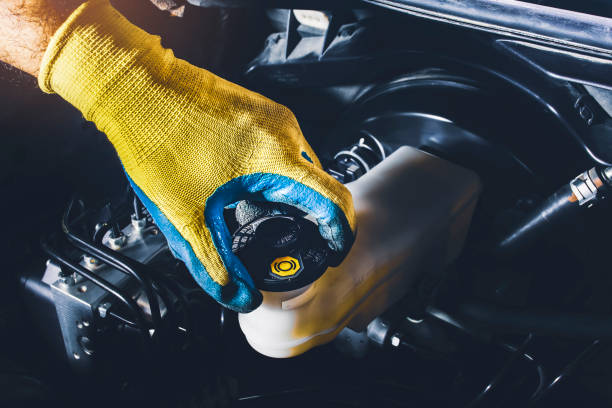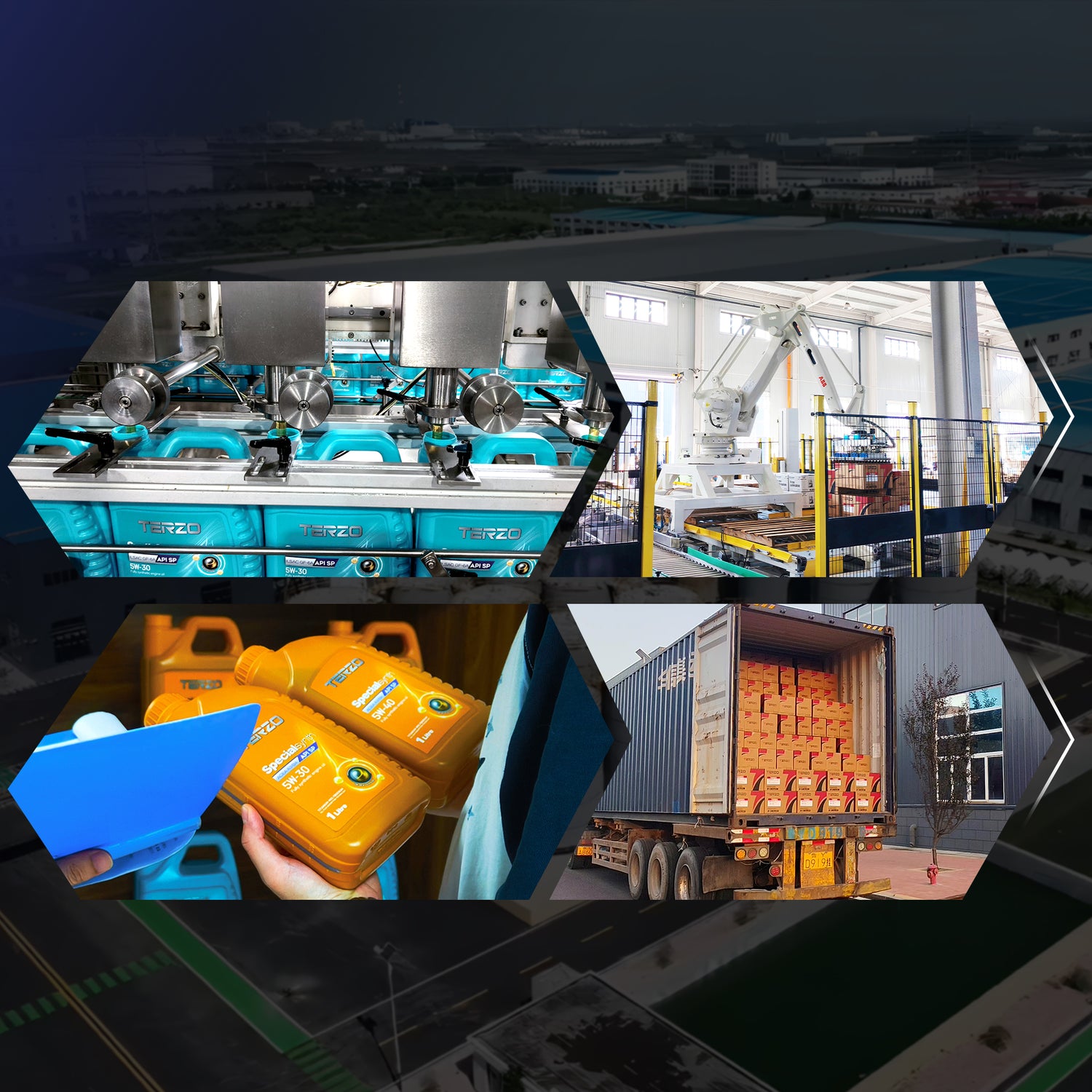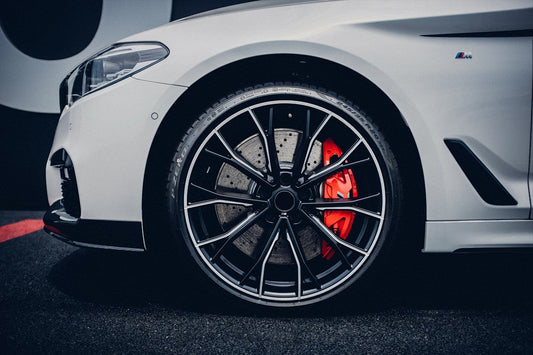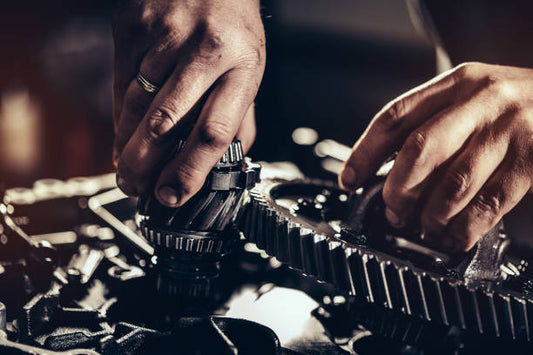
What to Know About Brake Fluid Failure and What Happens When Your Car Runs Out of Brake Fluid
Let’s be real—cars need a lot of stuff to keep rolling: gas to move, oil to tick, coolant to cool. But brake fluid? That clearish-brown liquid in your reservoir? It’s the unsung hero keeping you from becoming a YouTube “oops, I crashed” star. Without it, your brakes? Basically useless. But what exactly happens if you run out? Let’s break it down—from why it matters to what to do if you’re already in a pickle.
How Brake Fluid Actually Works
Brake fluid isn’t just “liquid in a bottle.” It’s the middleman in your car’s braking drama. When you stomp on the pedal, that foot-slam sends pressure through the fluid, which zips through hoses to the calipers. Those calipers then squeeze the brake pads onto the rotors—like a vice gripping a spinning wheel. No fluid? No pressure. No pressure? Your car keeps rolling. Simple math, big consequences.
Low Brake Fluid Symptoms
Cars aren’t great at texting, but they do send signals when something’s wrong. Low brake fluid? Here’s how your ride might clue you in:
1. The Brake Fluid Symbol Pops On
That little yellow or red light on your dashboard? It’s not just a decoration. If it’s blinking “BRAKE,” don’t ignore it. It could mean low brake fluid, a leak, or something worse. Pro tip: Scan your reservoir first—if the fluid’s below the “LOW” line, that’s your culprit.
2. Your Brake Pedal Feels Off
Normal pedal feel? Firm, with a little give when you press. Low brake fluid? It might feel:
Harder than usual: Like you’re stomping on a rock.
Squishy soft: Press it, and it sinks to the floor like a marshmallow.
Either way, it’s a red flag.
3. Fluid Puddles Under Your Wheels
Ever walked to your car and spotted a brownish puddle? Brake fluid’s got a slick, oily vibe—kinda like vegetable oil, but darker. If it’s near a wheel, guess what? Your brakes are leaking.
What Causes Low Brake Fluid?
You might assume a leak is the bad guy here, and sometimes it is. But low brake fluid can sneak up for other reasons too:
1. A Leak
Brake fluid’s usually clear to amber, with a hint of yellow. If you spot that color pooling under your car—especially near wheels, hoses, or the master cylinder—yep, it’s leaking. Fix it fast, or you’ll be down to “no fluid” real quick.
2. Fluid Sneaking Into the Brake Booster
Ever heard of the brake booster? It’s that thing that makes your pedal feel easier to press. Sometimes, fluid can leak into it instead of out. No visible puddles? Check if your pedal feels extra squishy—that’s a dead giveaway.
3. Worn Brake Pads
Old, thin brake pads? They’re greedy. When they wear down, they suck up more fluid from the calipers. Result? Your reservoir looks low, even if there’s no leak. Ouch.
What Happens If You Drive Without Brake Fluid?
Let’s say you ignore the signs, hit the road, and then realize—oh no, no brake fluid. What now? Don’t panic (easier said than done). Here’s how to minimize the damage:

Step 1: Warn Other Drivers
Pump the brake pedal a few times—those dashboard lights might flash, alerting others you’re in trouble. Hit the hazard lights too. Visibility = safety.
Step 2: Engage the Parking Brake
Shift into neutral, then gently pull the parking brake. Don’t yank it—gradual pressure keeps you from skidding. If your car’s still moving, downshift to a lower gear (like 2nd or 1st) to slow down naturally.
Step 3: Pull Over Safely
Aim for grass, dirt, or gravel—rough surfaces add friction, helping you stop faster. If you’re on a highway, use the shoulder. Once stopped, stay in the car and call for help.
Pro tip: If the parking brake won’t engage? Shift into reverse (if you’re moving slowly) and gently tap the brakes—friction might help you crawl to the side.
Brake Fluid Isn’t Optional
Brake fluid doesn’t last forever. It soaks up moisture, leaks out, or gets gobbled up by old pads. Running low? It’s not just a “minor issue”—it’s a safety time bomb. So next time you’re due for an oil change, ask your mechanic to check your brake fluid too. And if you spot any of those low brake fluid symptoms? Don’t wait. Fix it now—your life (and your car’s) depends on it.




